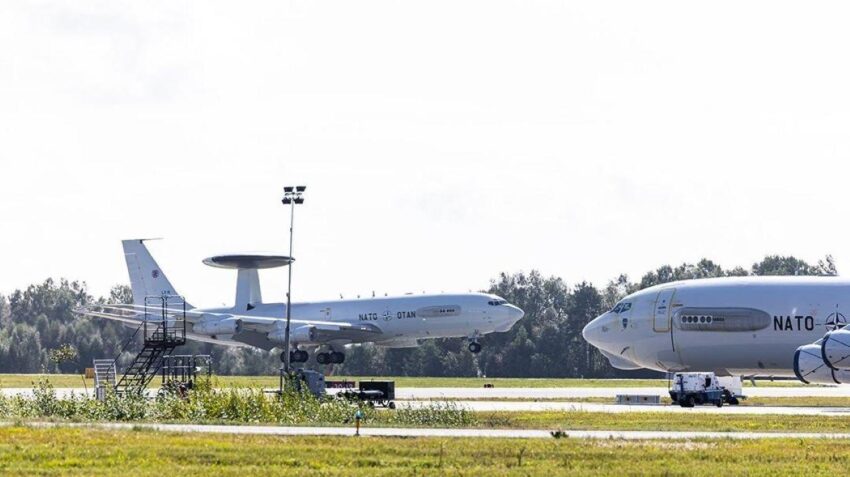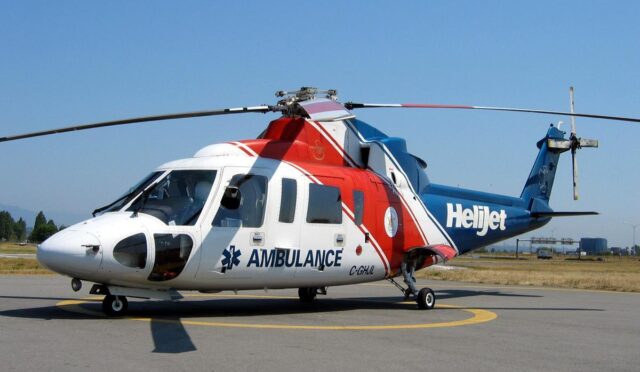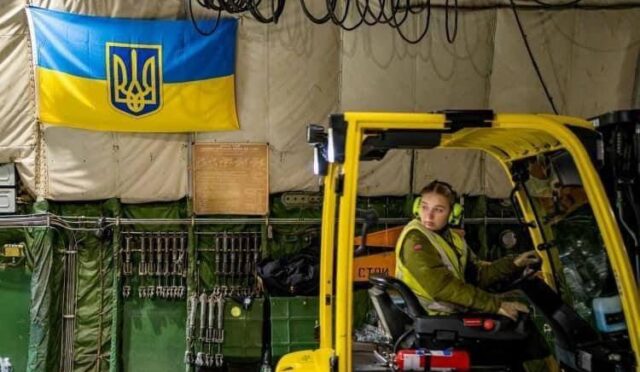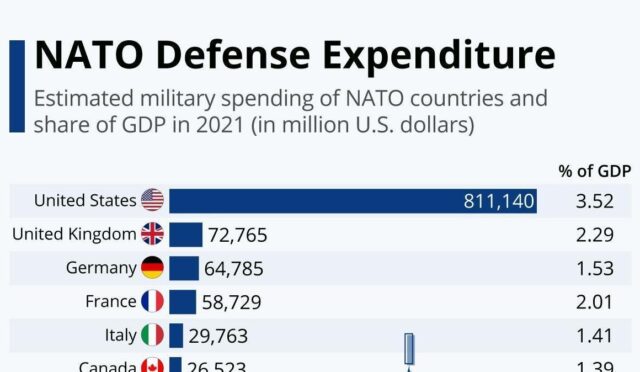NATO Enhances Baltic Vigilance with E-3A AWACS Deployment
NATO has deployed its E-3A Airborne Warning and Control System (AWACS) aircraft to Lithuania, aiming to bolster vigilance in the Baltic region. This operation involves three E-3A aircraft stationed in Lithuania, where they will monitor the Baltic Sea and reinforce NATO’s presence along the eastern flank of the alliance.
The strategic deployment is designed to increase surveillance capabilities, strengthen defense measures, and provide operational flexibility across various locations. This initiative also encompasses training exercises to enable NATO crews to respond swiftly to dynamic situations while fostering improved cooperation among allied forces.
Versatile Role of E-3A in NATO Operations
The E-3A aircraft is crucial for airborne surveillance and command functions, assisting in a variety of NATO missions, including air policing, maritime monitoring, and counterterrorism efforts. This versatile platform supports critical tasks such as enforcing embargoes, conducting evacuation operations, and responding to crises effectively.
With its deployment at the Šiauliai Air Base in northern Lithuania, NATO highlighted that the presence of the E-3A ensures operational continuity and showcases the readiness of allied forces. The base serves as a key asset in supporting NATO’s air power and enhances interoperability among member nations in response to the evolving geopolitical landscape.
Advanced Detection and Coordination Capabilities
The E-3A AWACS is equipped with state-of-the-art technology allowing it to detect, track, identify, and report on aircraft flying at low altitudes while also facilitating control for allied fighter jets. Additionally, it plays a vital role in maritime monitoring by identifying naval contacts and providing coordination support to allied naval forces.
Significantly, the data amassed by the E-3A is shared in near real-time with other military platforms and command centers situated on land, at sea, or in the air through robust digital links. The E-3A can effectively monitor airspace up to a distance of approximately 400 kilometers (250 miles). With three aircraft operating in overlapping patterns, NATO ensures continuous radar coverage over extensive areas, including Central Europe.







